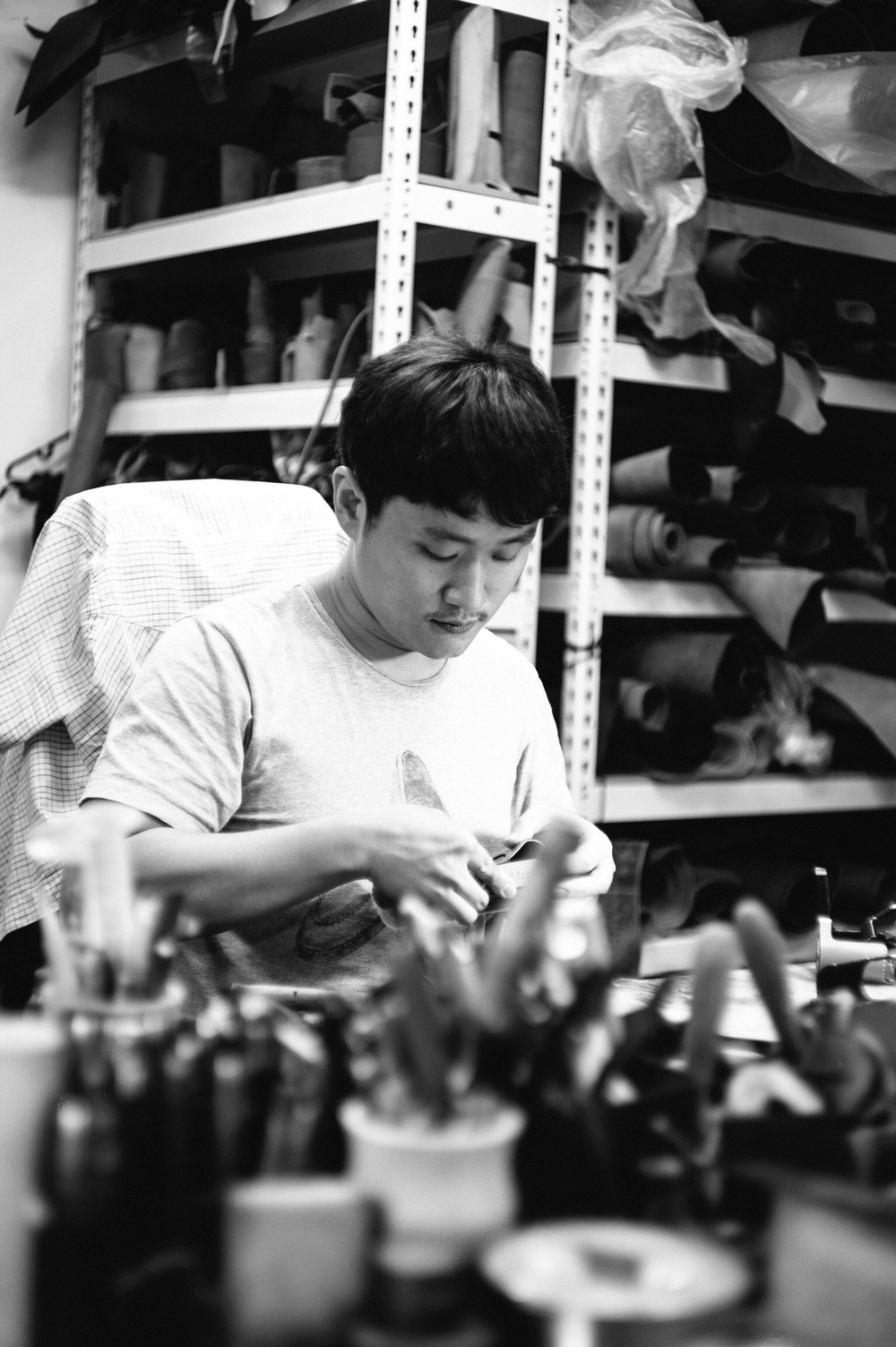
When Leica loaned me the new M-P for review I discovered that my favourite M240 Arte di Mano half-case fitted, but only just. The problem is that the original M had no frameline lever while the new M-P has suddenly sprouted a Leica M3-lookalike that definitely adds gravitas to the camera. The edge of the old case abutted the lever and, on reflection, I decided this wasn’t ideal. So out came the alternative: Sejun Kim’s unique half case for the Leica M with grip. This time there was no problem. The edge of the case is well away from the frameline lever and the fit is fantastic. This case could have been made for the M-P.
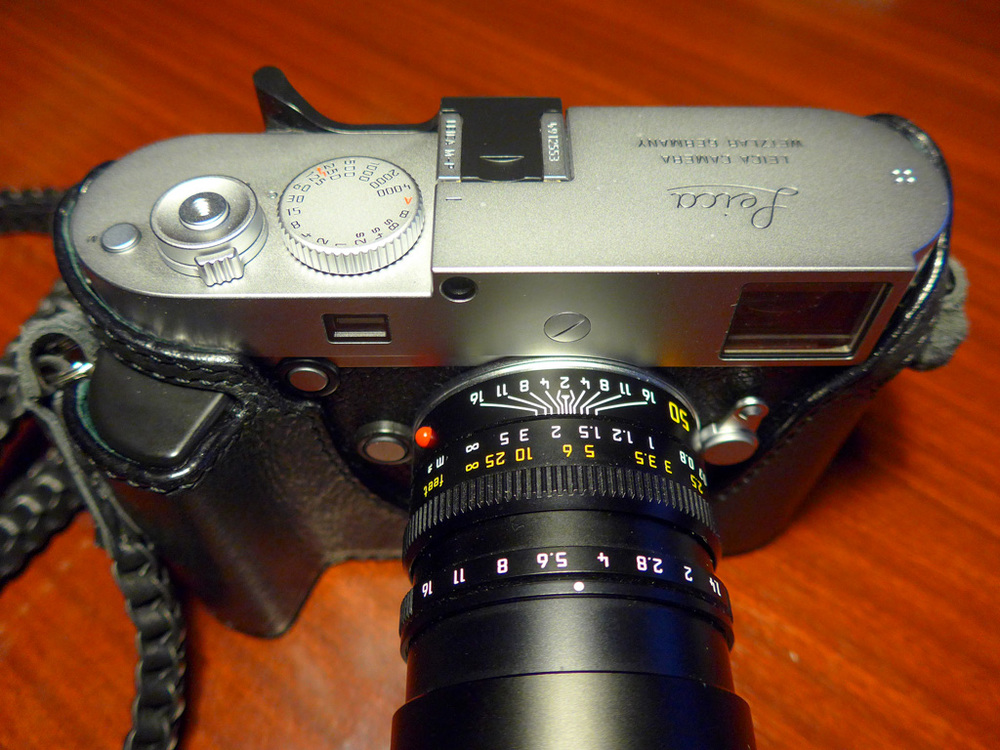
Best in the world
If you are not familiar with Sejun Kim’s handiwork, I can tell you that his Arte di Mano cases are the best in the world. That’s my opinion and I have looked at most of the opposition. The leather is superb, the fit is meticulous (particularly around the back where any slight deviance will cause affront). It is incredibly difficult to hand-sew a leather case so that the fit around screen and buttons is perfect.
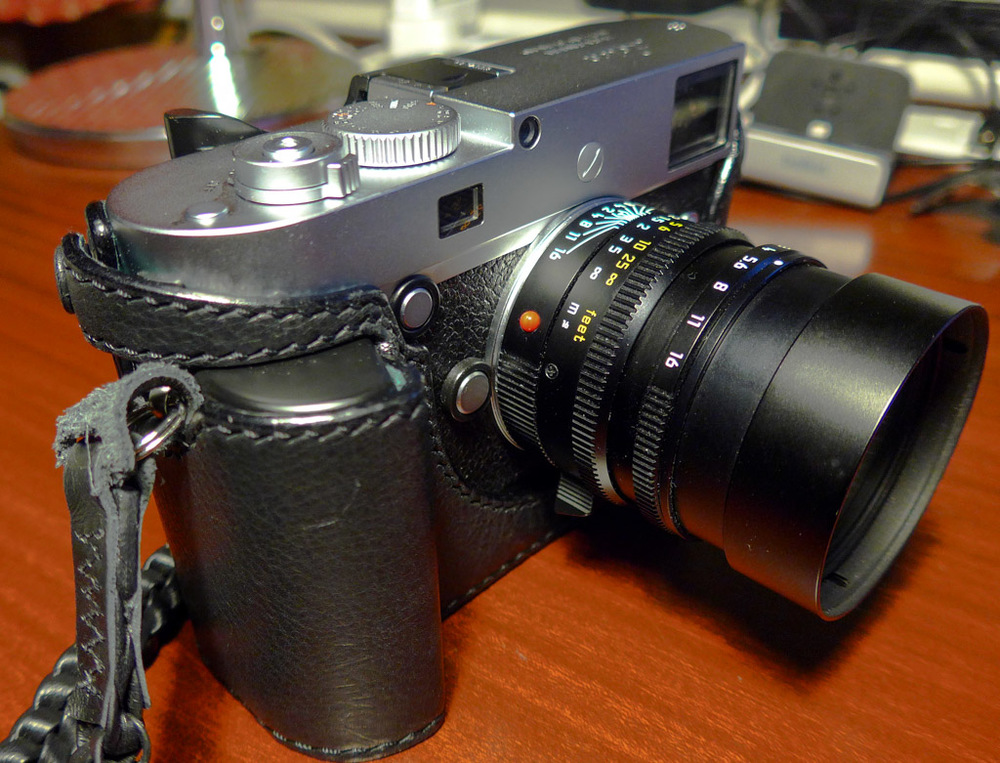
I am not aware of any other manufacturer offering a case that fits, glove-like, over the Leica M handgrip. My particular case is for the standard handgrip, but Sejun also makes a version to accommodate the larger multi-function grip if that’s your fancy.
Superb heft
With the grip encased in the leather half-case the heft of the camera is superb. The slight extra thickness of the leather, together with the tactile perfection of its surface, transforms the feel of the camera. It just feels right, especially with a heavy lens such as the 50mm Summilux or Noctilux. And I think it is almost essential when working with longer lenses. On the other hand, for a 28mm Elmarit this case is probably overkill and I prefer the non-grip standard version.
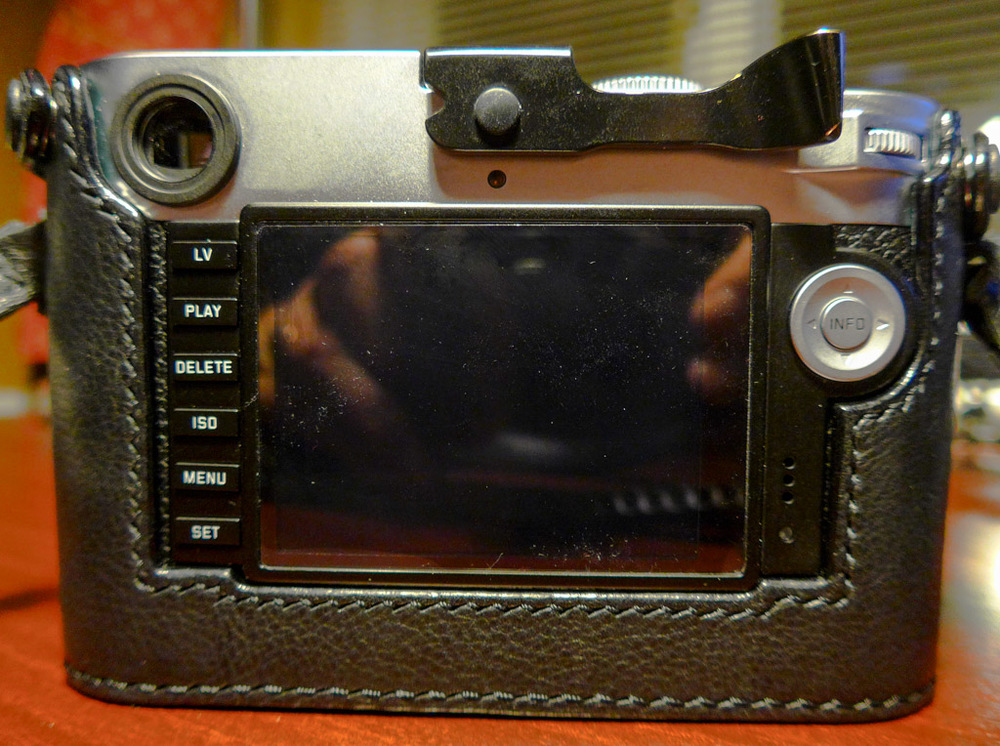
The Leica grip adds a few millimetres to the height of the camera and then the case adds a few more. As a result the camera is taller, with the lens looking oddly centralised. But the grip portion sits firmly on a flat surface and there is no danger of the camera tipping over even when graced with the substantial Noctilux.
I have been using the grip case on the demonstrator M-P for the past week and have already fallen in love with it. If you don’t mind the extra bulk, this is perhaps the most perfectly weighted and crafted camera case you could buy,
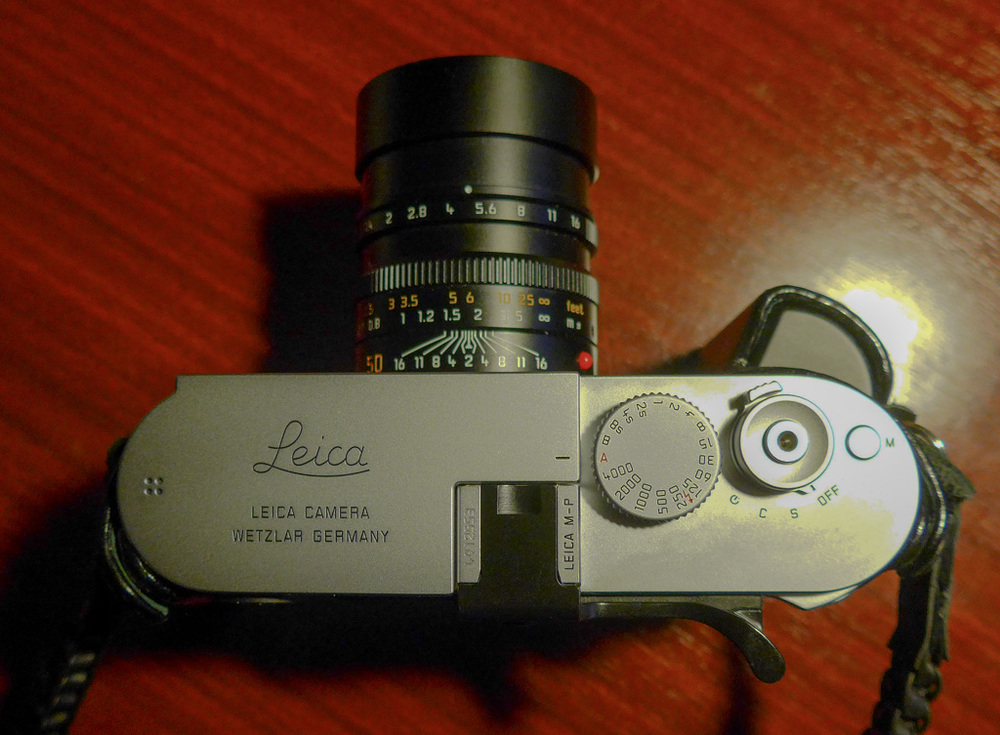
The prices
The Arte di Mano grip case costs around £290 plus shipping from Korea. The larger case for the Leica multifunction grip is about £315. Optional extras include a leather back flap (over the screen) at £50, a hole for the Leica finger loop at £20, a custom finger loop at £140. All models come as standard with a tripod hole system but if you do not need this (I prefer my cases without) there is a nice reduction of £25. Standard half cases, without the space for the Leica grip, come with a small padded grip built in to the leather and, of course, are cheaper. Incidentally, there is a wide range of optional interior colours. I like the red or the dark green but go for black if you are a traditionalist. The interior colour does not show at all with the camera in place, unlike with some cheaper cases I have tried.
No mistake, Arte di Mano cases are not cheap. But they are a world away from the mass-produced offerings that sell under some other well-known brand names. If you are carrying around a £6,000 outfit, two or three hundred pounds is a small price to pay for security and the pleasure of ownership, not to mention the whiff of fine leather that accompanies all Sejun’s creations.
Ordering
You order direct from Sejun, something I have done on several occasions with absolutely no problems or worries. Pay in advance by PayPal and your case will be specially made and shipped to you within three weeks. In my experience, Sejun is reliable and easy to deal with. .
Check out the Arte di Mano website. Much of it is in Korean but you can read between the lines and work out what you need thanks to the English headlines and the prices. To place an order it is best to contact Sejun direct at sejun99@naver.com and tell him exactly what you want. He will then price it and send you a PayPal settlement form.
